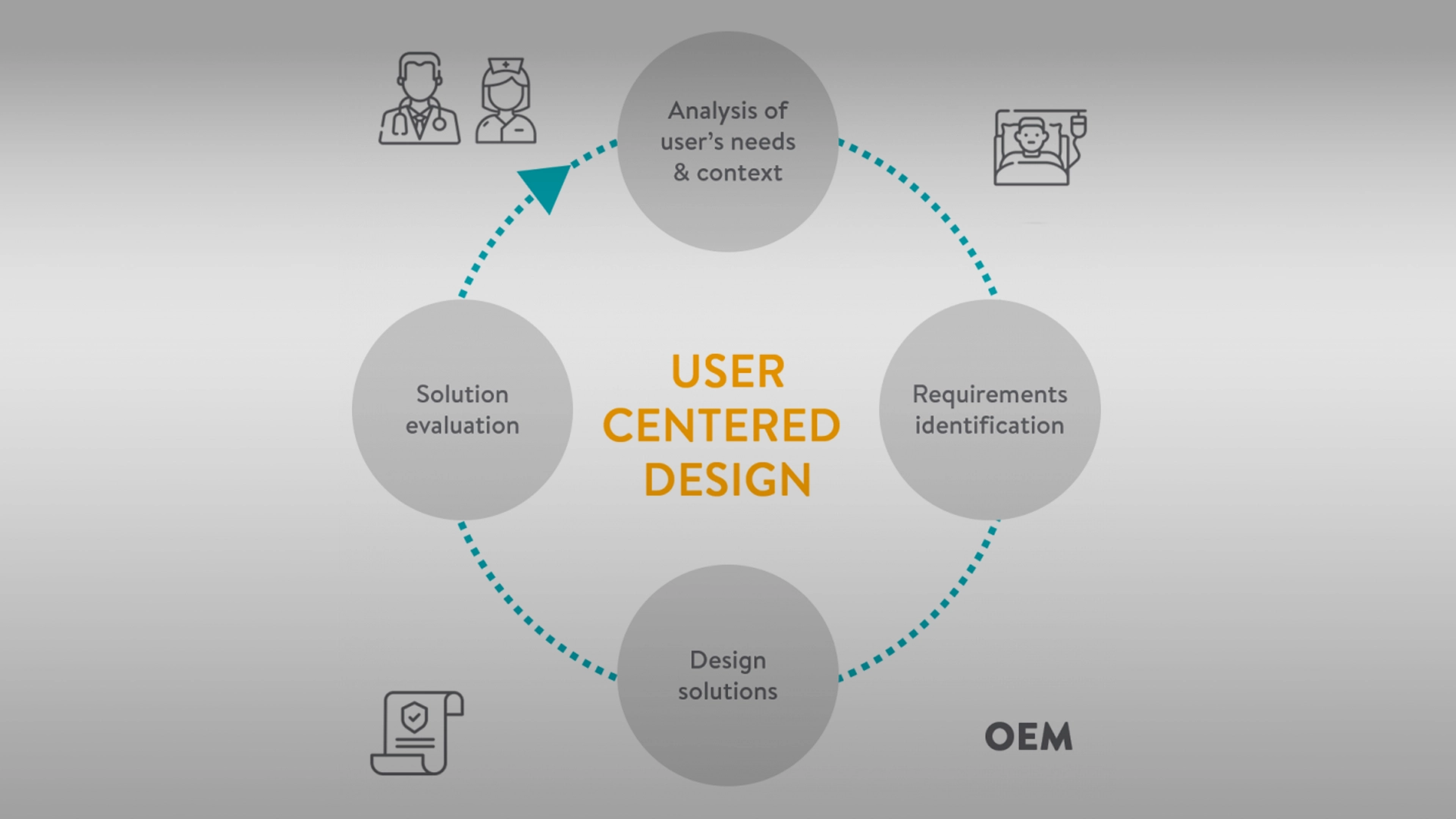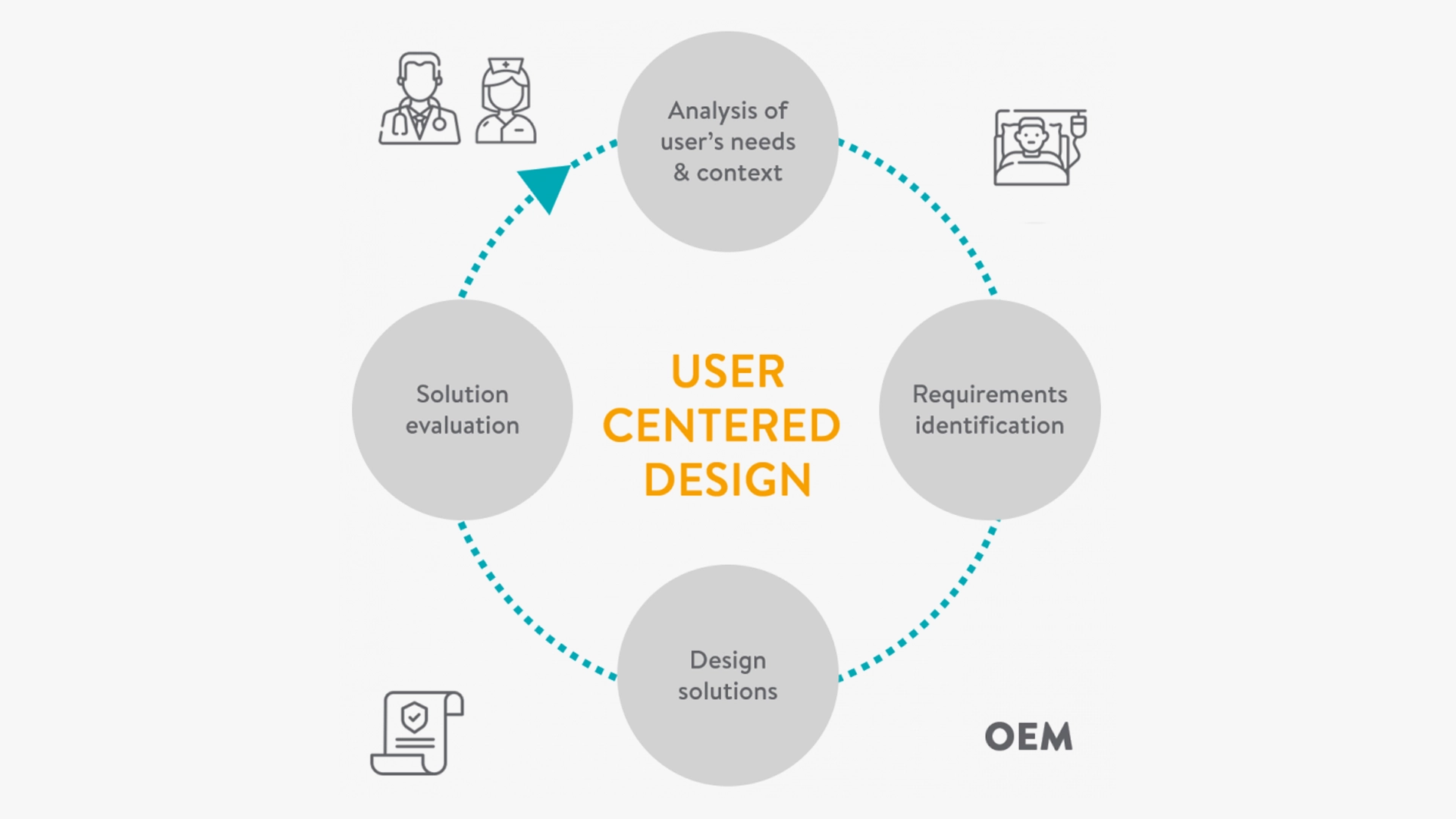User Centered Design is a design approach which relies on the importance of the end-user in the product development. It considers the complex interactions between product, environment and users.
What is User Centered Design?
The User Centered design is an iterative design process that leads to the creation of a new device or a new user interface revolving around user perspective: the user and his needs are at the forefront and the starting point of all designer’s decisions.
It differs from the standard approach because the last one starts from an idea of product, functional components and then shapes it around the user and specific ergonomics, while UCD in its purest form starts from user and his needs and can result in a totally unexpected product, without any similarities to the products on the market.
The UCD process consists of 4 phases:
- Analysis of user’s needs and context. User’s needs, context of use, use and experience are analyzed through test, surveys, interviews, observation.
- Requirements identification. The research results are matched with business requirements and transformed in a list of user’s requirements.
- Design solutions. Designers define the user flow and develop concepts able to satisfy all the requirements.
- Solution evaluation. It is verified how well the developed design performs in reality and user’s requirements are satisfied.
All the process is iterated till the solution has a positive result in the evaluation phase.
UCD in Healthcare Sector
In the medical industry, the process of User Centered medical device designing is made even more challenging by the more complex user-base. Designers through the process of User Centered Design have to balance the needs and limitations of several stakeholders: caregivers (e.g. doctors and nurses), patients, service personnel (in charge of maintenance and cleaning), regulatory organizations and manufacturer.
In order to identify all requirements for each stakeholder, it’s important to perform a deep research which can consist in surveys, user’s journey observation, interviews to a panel of users or identification and engagement of user personas.
According to Creanova’s 16 years experience in the healthcare design sector, the best design solutions in terms of usability and user experience are achieved when the designers have the opportunity to see the device in action, look at users’ journey, understand and get in touch with needs of doctors (e.g. data reliability, ease of use, ergonomics, work space) and patients (e.g. pathologies, fears related to diagnosis/ treatment , disturbing elements). The goal of designers is to identify each single requirement of each user, rank the needs and finally match them with manufacturer technical requirements and commercial purposes.
In medical device design, the access to the user-base is often limited and the continuous engagement of all users can conflict with the constraints of time and money, but the UCD could mean a step forward for medical device and finally a next level of healthcare.

